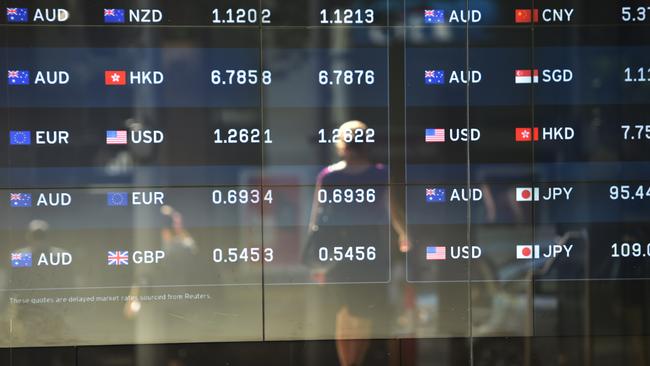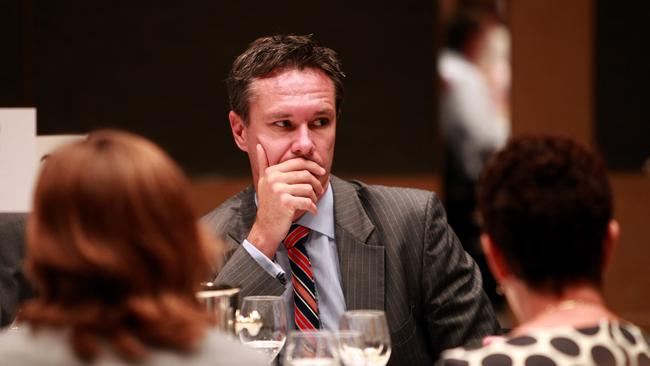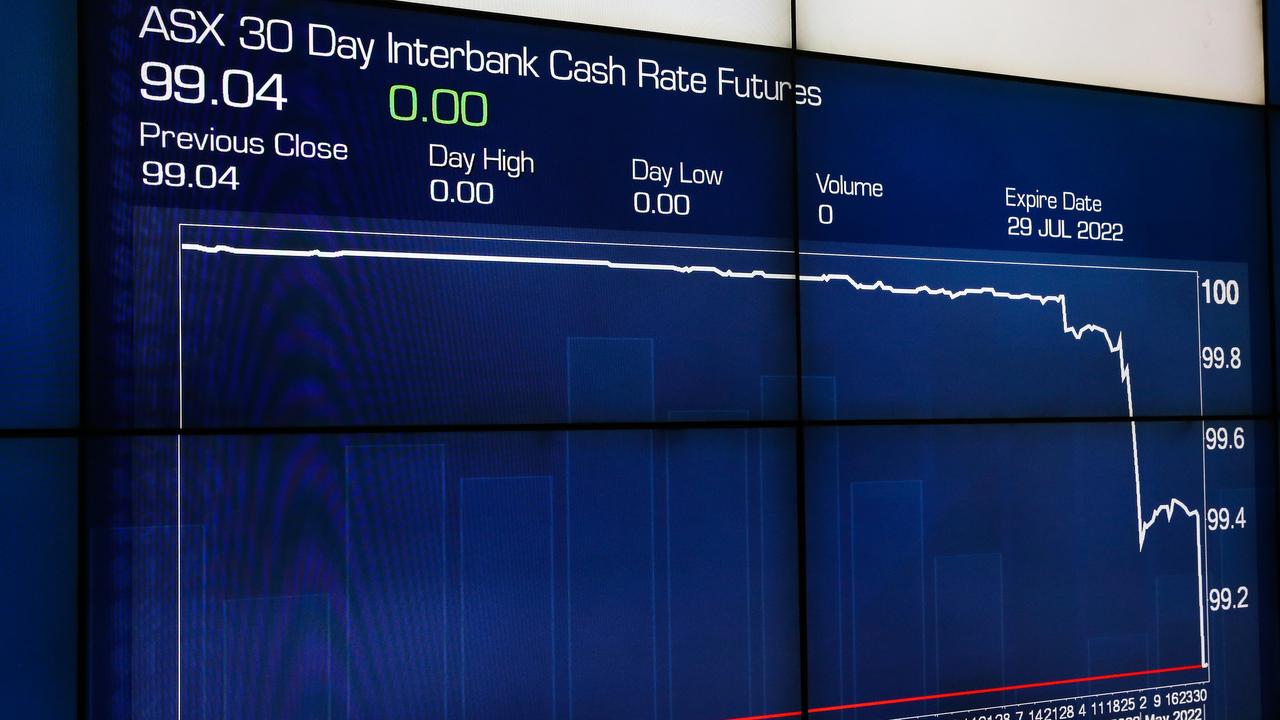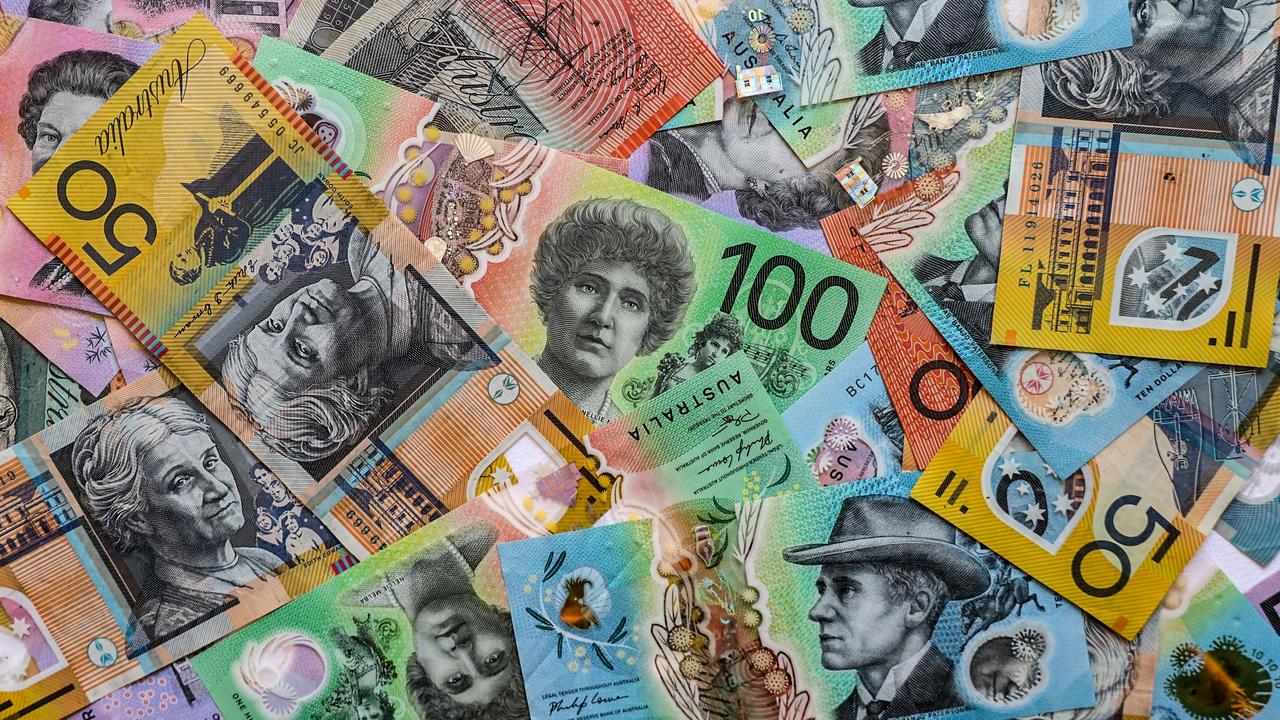Dollar still overvalued, RBA says
THE Australian dollar is still higher than it should be despite its recent decline to a four-year low of 86.43 US cents, the central bank says.

Dollar
Don't miss out on the headlines from Dollar. Followed categories will be added to My News.
THE Australian dollar is still higher than it should be despite its recent decline, the central bank says. Reserve Bank of Australia assistant governor Guy Debelle said the currency remained overvalued after falling around six per cent against the US dollar in September.
“The Australian dollar has depreciated in recent weeks, but on a tradeweighted basis is only back to levels of earlier in the year,” he said in a speech at a conference in Sydney.
“Over that same period, Australia’s terms of trade has continued to decline and some key commodity prices for Australia, most notably the iron ore price, have declined considerably.
“On that basis, the Australian dollar is still higher than most conventional estimates of fundamentals would indicate, notwithstanding its recent decline.” The high exchange rate was offering less assistance than would normally be expected in achieving balanced growth in the economy. “A lower exchange rate would be helpful in achieving that objective,” Dr Debelle said.
The Australian dollar earlier in October reached a four-year low of 86.43 US cents.
The currency fell on Tuesday after Dr Debelle’s comments to 87.55 US cents, from 87.63 US cents beforehand.
Dr Debelle said the RBA had long-awaited the recent appreciation of the US dollar, although it wasn’t sure what triggered the move. “Why the US dollar stayed at its low levels for as long as it did, and why it finally started to appreciate when it did, has baffled many in the market,” he said.

“The appreciation of the US dollar was not associated with any noticeable change in interest rate expectations in the US, and, in the case of the Australian dollar/US dollar exchange rate, there was no material change in Australian interest rate expectations either.” But despite its appreciation, the US dollar on a trade-weighted basis was still not far from its all-time lows reached in 2011, Dr Debelle said.
He said financial markets and policy makers were operating in an extreme and unusual environment where monetary policy in the world’s major economic regions — US, China, Europe and Japan — were moving in different directions.
“It is challenging for foreign exchange markets and it creates a complicated environment for setting monetary policy in other parts of the world, including here in Australia,” he said.
Dr Debelle said financial markets had been surprisingly quiet in 2014, despite conflicts in the Middle East and Eastern Europe, economic concerns in China and Europe, and uncertainty about when the US will raise interest rates.
Markets seemed to be underestimating the possibility that central banks can move interest rates unexpectedly, he said. But when volatility does return, it could rise “quite rapidly”. “There are a number of anomalies present in financial markets in terms of pricing and volatility,” Dr Debelle said.
“There are also some misplaced perceptions among market participants about the degree of liquidity present in some market segments.
“That strikes me as a dangerous combination and unlikely to be resolved smoothly.”
Originally published as Dollar still overvalued, RBA says


